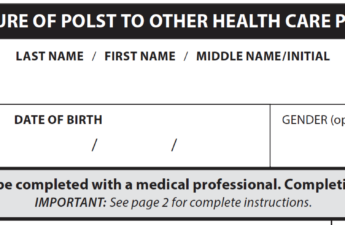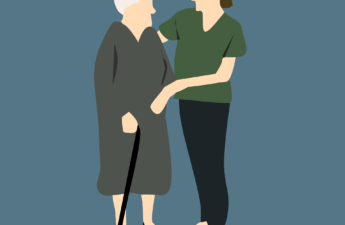Category: Palliative Care
How Advance Care Planning Neglects Black Americans
Advocates say such advanced care plans are especially important for Black Americans, who are more likely to experience racial discrimination and lower quality care throughout the health care system. Advance care planning, they say, could help patients understand their options and document their wishes, as well as reduce anxiety for family members.
What actually is palliative care? And how is it different to end-of-life care?
Palliative care is not voluntary assisted dying. It does not aim to hasten or prolong death. It is not just for people who are about to die and seeking palliative care does not mean “giving up”. In fact, it can be a profound and positive form of care that the World Health Organization (WHO) has recognised as a basic human right. But what does it involve?
Endgame: How the Visionary Hospice Movement Became a For-Profit Hustle
It might be counterintuitive to run an enterprise that is wholly dependent on clients who aren’t long for this world, but companies in the hospice business can expect some of the biggest returns for the least amount of effort of any sector in American health care. Medicare pays providers a set rate per patient per day, regardless of how much help they deliver. Since most hospice care takes place at home and nurses aren’t required to visit more than twice a month, it’s not difficult to keep overhead low and to outsource the bulk of the labor to unpaid family members — assuming that willing family members are at hand.
What is palliative care? How is it different from hospice?
Palliative care was not associated with shortened survival, pushing back against a popular assumption that pursuing palliative care means “giving up” on fighting disease. In fact, one influential study found that patients with advanced lung cancer who receive specialty palliative care in addition to standard oncology care lived almost three months longer than patients who received standard oncology care only.
Long COVID Renews Push to Expand Palliative Care
Studies suggest palliative care results in a higher quality of life for patients and lower health care costs.
Palliative Care Beyond Hospice Is Spreading to More States
States are extending palliative care benefits to Medicaid beneficiaries not necessarily close to death and requiring palliative care training for doctors.
Palliative Care Power Couple Faces Cancer At Home
Since her diagnosis with advanced ovarian cancer, she chose to forgo treatment for palliative care, It’s a choice made by fewer than 2% of patients.
Palliative Sedation, an End-of-Life Practice That Is Legal Everywhere
Medically assisted suicide faces tough opposition, but palliative sedation is legal everywhere.







